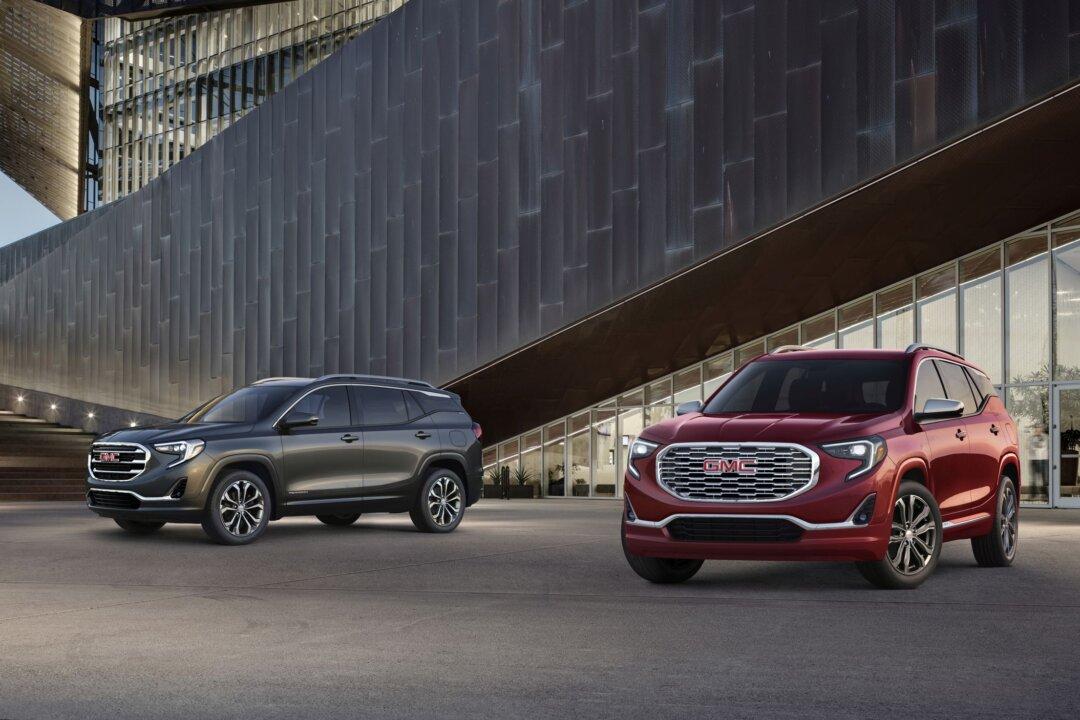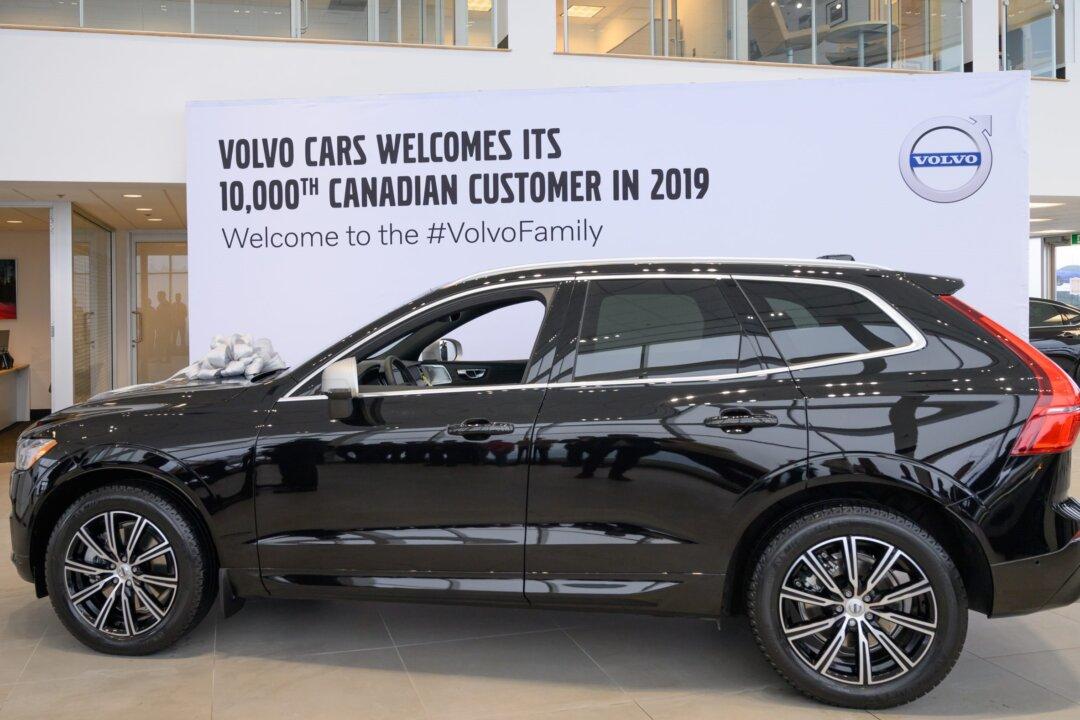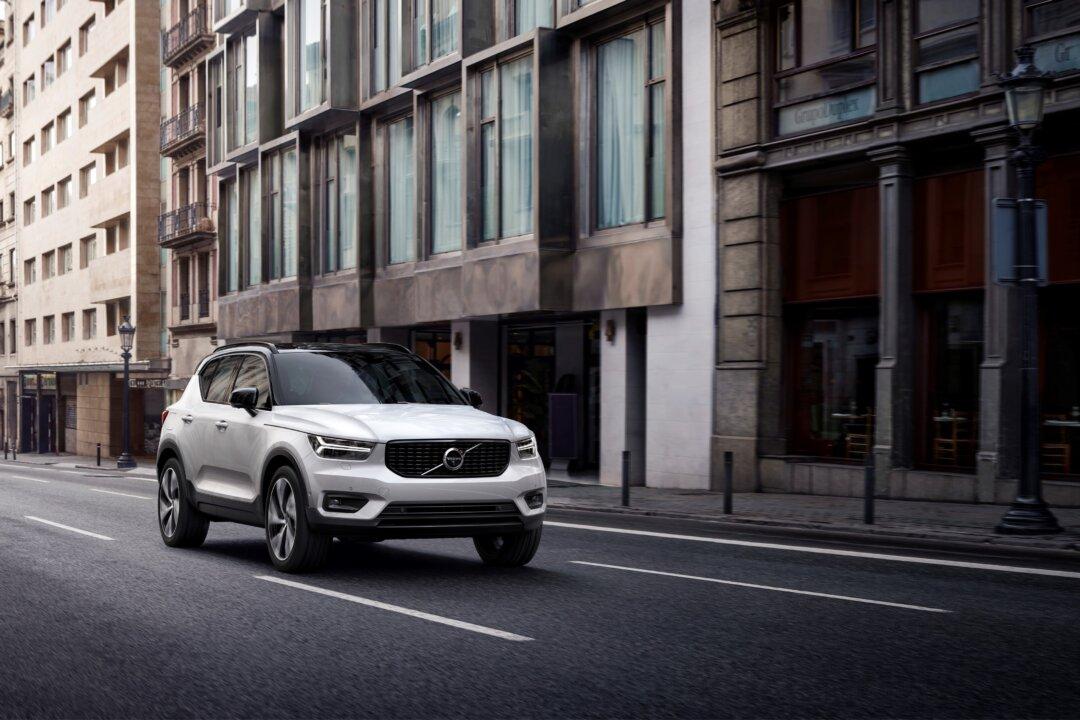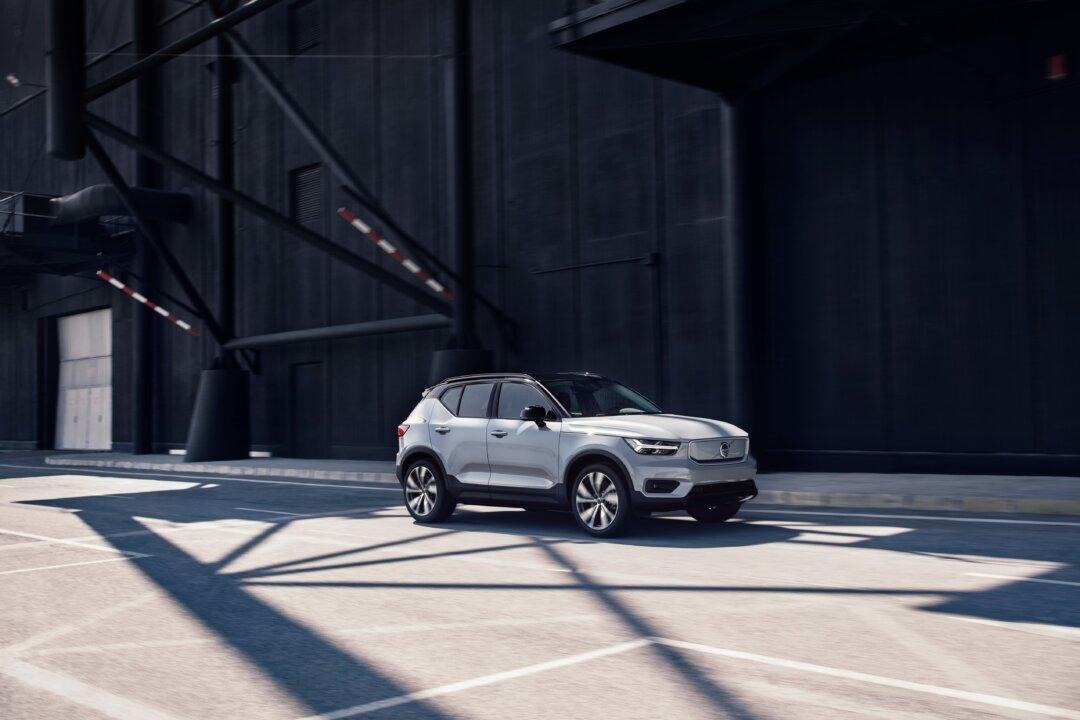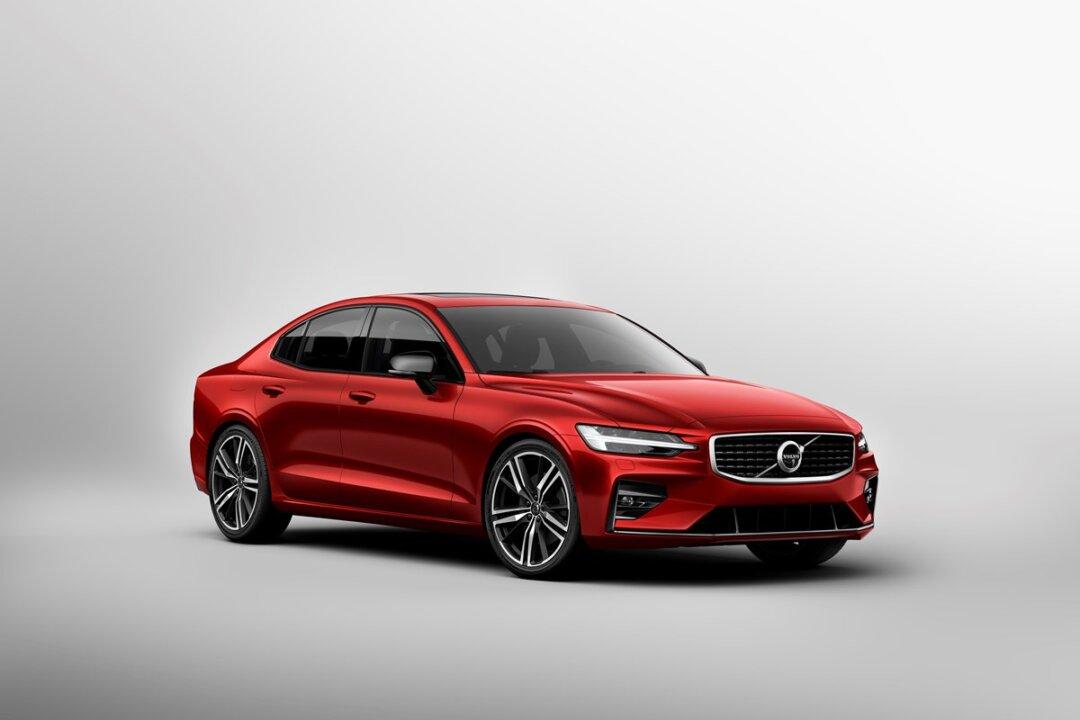As a teenager growing up in London, Ontario it was highly unlikely that Michael Stapleton ever gave any thought to his now burgeoning career with one of the world’s largest organizations as their director of Interior Design. Considering his options while still in high school, he took his passion and his portfolio of illustrations across the St. Clair River to the College for Creative Studies in Detroit and today he has his dream job. Now he determines, among other things, the difference that one leather may make to an impressionable customer who is sitting inside one of GMC’s latest SUVs, such as the all new Terrain. While designers of the outside shell, the shape of an automobile have a very important role to play in how a vehicle travels on a road or a dirt track leading to a seasonal cabin, Mr. Stapleton and his team play an equally important role in that same overall design, ensuring that a driver or even passenger can sit inside the cabin and feel refreshed, not exhausted after a few hours behind the wheel. It’s all about the senses: sight, smell, hearing, taste, and touch. If the driver’s line of sight is obstructed in some small way; if the leather or even fabric upholstery has an unpleasant odour; when the auto travels at highway speed, can those in the cabin hear the radio, each other and key sounds from outside without causing a distraction; taste—well, he'll get back to us on that one; and finally, touch—we are generally tactile individuals, and there are certain fabrics, finishes, and materials which feel better to the touch. All of these things must be given due consideration by these talented designers. Their skill and knowledge cannot be ignored. Truly, for every vehicle, it is a matter of the sum of all the parts being the whole.

